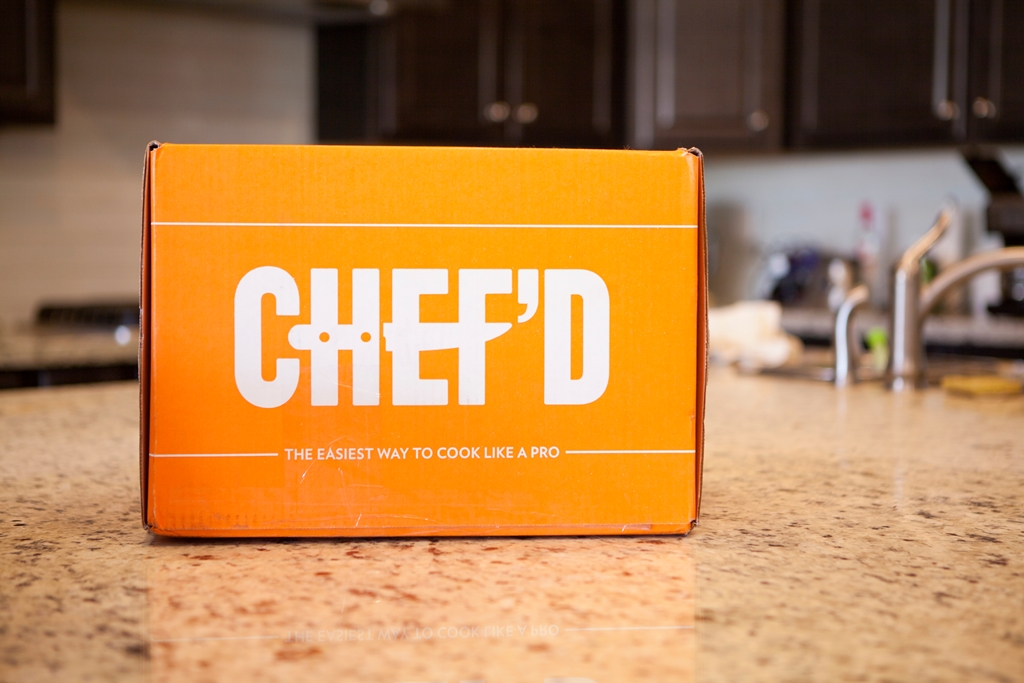Digital Record-Keeping: Three Reasons for Leaving the Manual Age Behind
By Steven Burton
Going electronic saves companies time and money, but, most of all, it helps a food business upgrade its food safety practices to protect consumers who purchase their products. The very idea that the manual way of doing things — pen and paper — is a smart business decision is a thing of the past. But how electronic companies are changing their company culture to adapt, ranges widely. Merely going electronic — i.e., doing things almost the same way, only swapping Word documents and email for paper files and snail mail — is not enough.
It’s not easy to make the argument to change the way something has been done for decades, especially when those changes come with a price tag. But the reality is that, as a food manufacturer, you can save hundreds of hours per year by converting your manual records and reaping the huge benefits of automation technology. This process, although it may be intimidating at first, has some significant long-term benefits.
Actual audit time is likely to decrease because the auditors can find information much more quickly.
1. Connected Records Lead to Connected Employees
Once your records are fully electronic, they can be easily accessed by everyone who needs to see them, in real-time, via the cloud. Your shipping, purchasing, and compliance teams won’t have to run back and forth to exchange information. This doesn’t just save time with communication—it reduces human error and leaves a clear digital trail of information and changes.
To take this a step further, some software solutions can even connect teams automatically based on updated records. For example, if a piece of equipment malfunctions, with the right software support, a worker can create an electronic work request in the system, so that notifications and repair orders can be sent automatically to the appropriate team members with the requisite skills. Problems can be dealt with quickly and efficiently throughout your operations.
2. Automated Updates Save Time and Money
A major issue with manual records is that they are static. When a piece of data changes, every individual record that’s impacted has to be pulled, updated, and refiled. Since food manufacturing tends to create a complicated mass of records, this update process becomes a huge expense.
On the other hand, electronic records can be interconnected so that one change updates all relevant records in real time. There’s no point in time where the records aren’t accurate, nor is there the risk of missing a document that needs updating.
It all happens immediately, automatically—and it’s an easy way to shave off hours of work and inefficiencies every week.
3. Audits and Inspections? No Problem
Nobody likes audits or inspections, but they’re a necessary evil. Entering the digital age, the months of preparation for audits are not necessary anymore.
Actual audit time is likely to decrease because the auditors can find information much more quickly. Plus, with all your data stored in the cloud, the auditors have their own log-in, and can review all relevant information from their office.
Not only have your connected employees kept records updated over time, but those records have automatically adjusted other connected records, from food safety to vendor management to billing. Once the auditor arrives, you’ll be able to pull up your comprehensive, up-to-date data in a matter of seconds with little-to-no preparation.
Tips for Getting Started
First, do the research. It’s important to make the right choice from the beginning and choose software that will take care of all your needs and grow with your company.
Second, look for government grants that’ll help fund the transition. Believe it or not, some governments want you to keep efficient records.
Third, invest in your company culture by training your staff in the software and get as many parties on board from square one. Set best practices and look to the future.
About the Author
Steven Burton is an innovative software architect and the creator of the award-winning food production management system, Icicle. Through the development of advanced food safety technology based on over a decade of sophisticated software development expertise, Burton has taken Icicle beyond document management and food safety to offer a complete solution for smart automation, improving quality standards, production efficiency, and expanding growth opportunities for all types of food businesses.

-
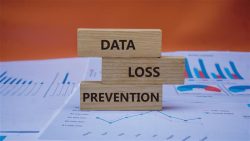 FeaturedRisk management
The Cost of a Breach: What a Cyberattack Could Mean for Food Safety Recalls
FeaturedRisk management
The Cost of a Breach: What a Cyberattack Could Mean for Food Safety Recalls
-
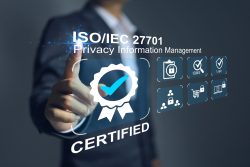 FeaturedRisk management
Securing the Food Chain: How ISO/IEC 27001 Strengthens Cybersecurity
FeaturedRisk management
Securing the Food Chain: How ISO/IEC 27001 Strengthens Cybersecurity
-
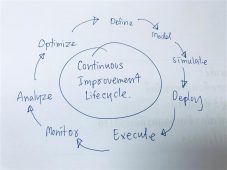 FeaturedRisk management
Revolutionizing Food Safety Training: Breaking Out of the “Check-the-Box” Mentality
FeaturedRisk management
Revolutionizing Food Safety Training: Breaking Out of the “Check-the-Box” Mentality
-
 GFSI Standards
GFSI 2025: Building Trust, Tech-Forward Solutions, and Global Unity in Food Safety
GFSI Standards
GFSI 2025: Building Trust, Tech-Forward Solutions, and Global Unity in Food Safety
-
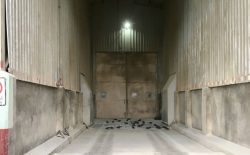 FeaturedFood Safety
Integrated Pest Management: Strategies to Protect Your Brand’s Reputation
FeaturedFood Safety
Integrated Pest Management: Strategies to Protect Your Brand’s Reputation
-
 FeaturedFood Safety Culture & Training
No Open Door Policy: Challenges That Impact Pest Control in Food Processing Plants
FeaturedFood Safety Culture & Training
No Open Door Policy: Challenges That Impact Pest Control in Food Processing Plants


